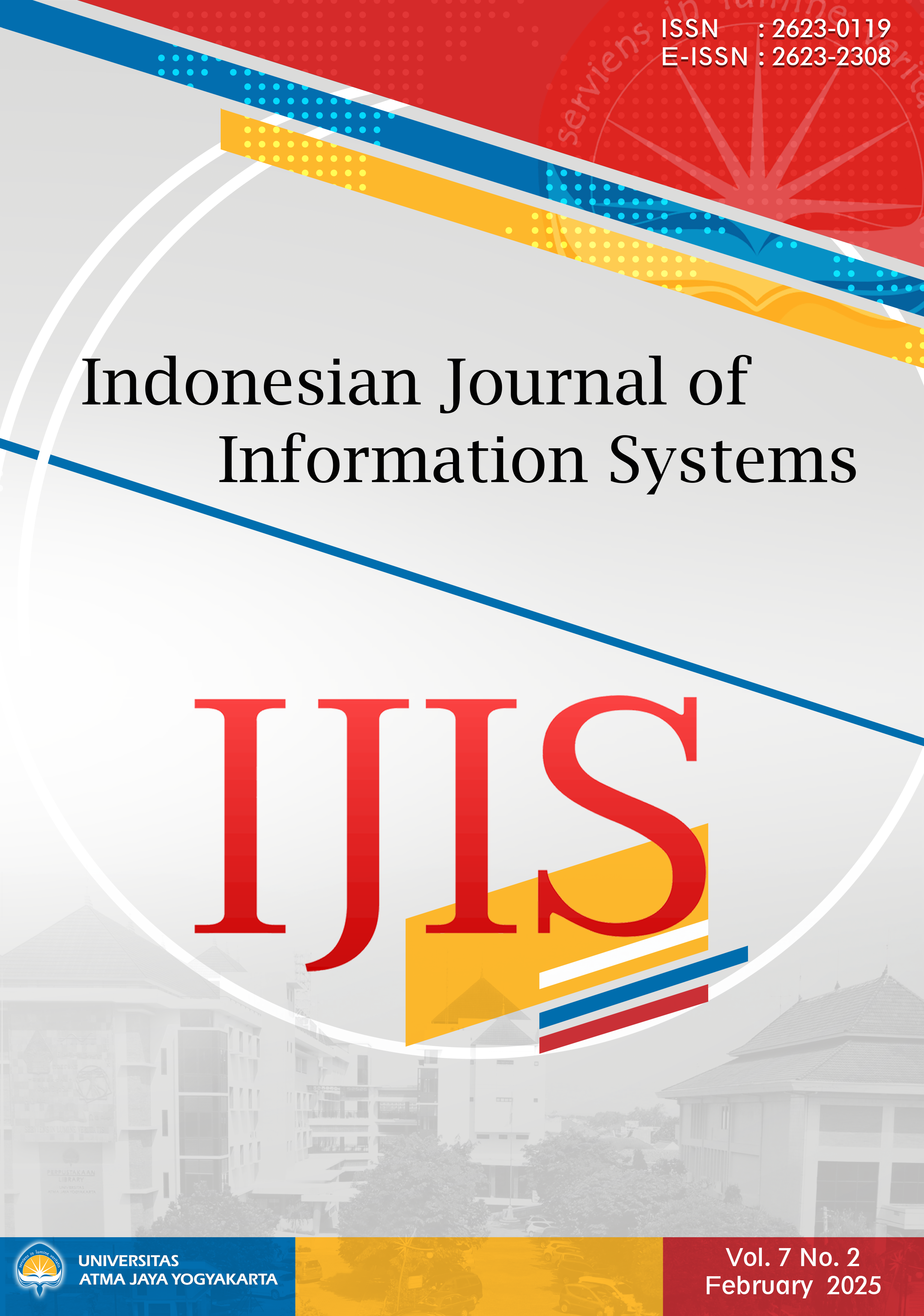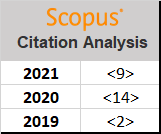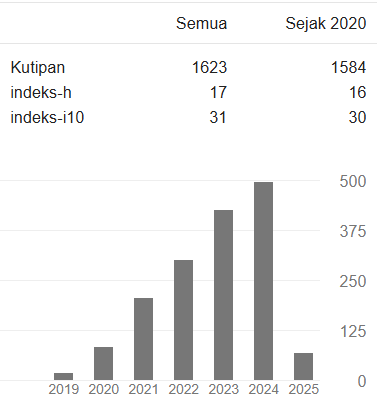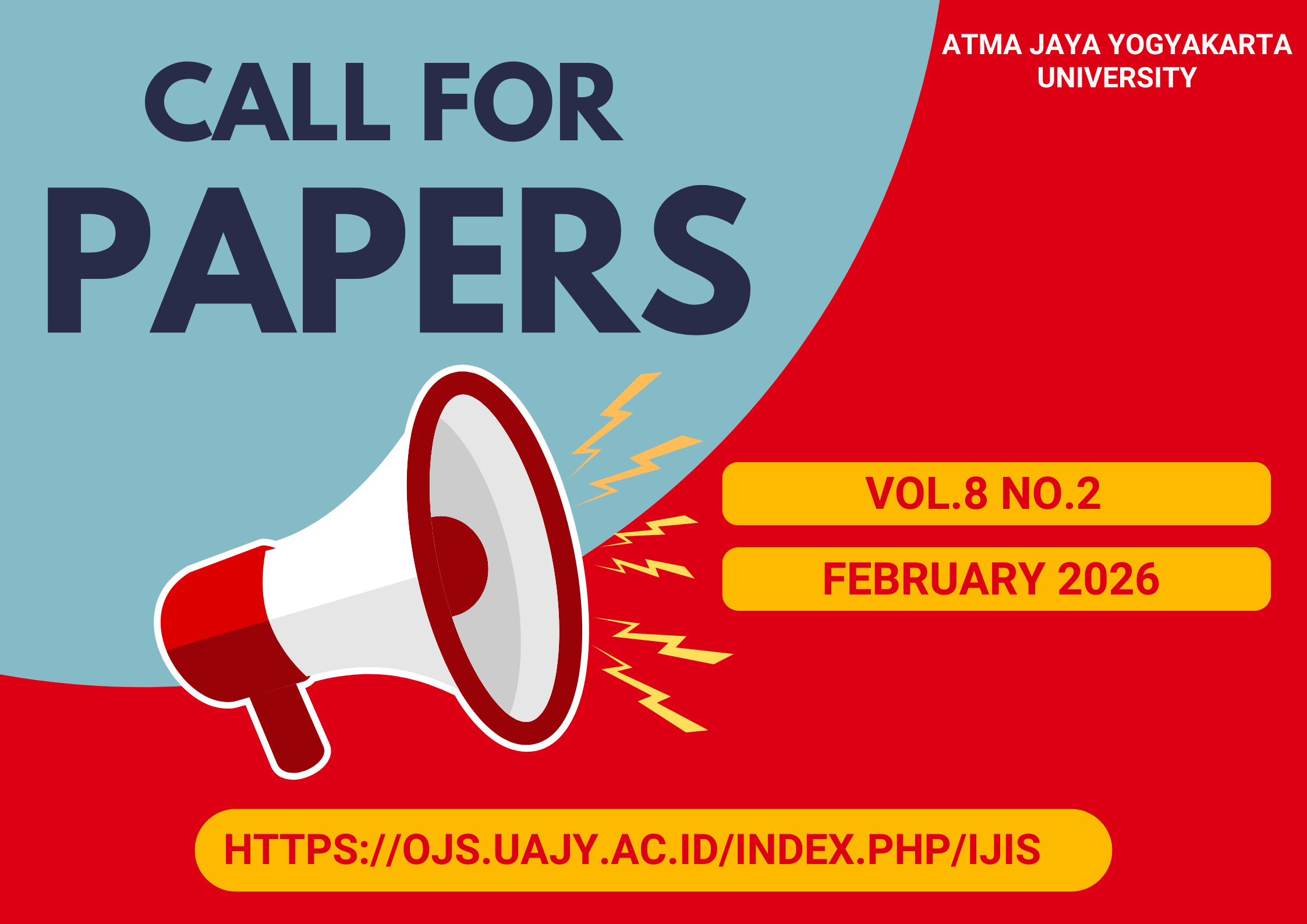Artificial Intelligence Chatbots in Education: Academics Beliefs, Concerns and Pathways for Integration
DOI:
https://doi.org/10.24002/ijis.v7i2.10805Abstract
Although globally there are mixed perceptions regarding the academic integrity of chatbots, existing research has mainly focused on developed nations, neglecting the unique perspectives of academics in developing countries, with different contextual, environmental, and technological settings. This study presents lecturers’ perceptions of using Artificial Intelligence (AI) chatbots in education. Guided by the Unified Theory of Acceptance and Use of Technology 2 (UTAUT2), this research collected quantitative and qualitative data from 140 lecturers and three administrators from a STEM-based Zimbabwean university. The research confirmed that performance expectancy (belief in improved efficiency and personalised learning) and perceived value and social influence drive adoption. Contrary to previous studies, there was no significant link between effort expectancy (reduced workload) and chatbot use. Demographics like gender, age, and qualifications did not impact chatbot use. Academics were cautiously optimistic, recognising benefits like personalised learning and routine task management but concerned about ease of use, technical expertise, and ethical considerations. To effectively integrate AI chatbots into higher education processes, there is a need for funding, technical support, training, strengthening IT infrastructure and establishing frameworks for responsible use. Emphasising efficiency, personalisation, and robust support will help overcome barriers and maximise AI chatbots’ potential in education.
References
[1] Y. Duan, J. S. Edwards, and Y. K. Dwivedi, “Artificial intelligence for decision making in the era of Big Data – evolution, challenges and research agenda,” Int. J. Inf. Manage., vol. 48, pp. 63–71, 2019, doi: 10.1016/j.ijinfomgt.2019.01.021.
[2] P. Klayklung, P. Chocksathaporn, L. Limna, T. Kraiwanit, and K. Jangjarat, “Revolutionizing Education with ChatGPT: Enhancing Learning Through Conversational AI,” Univers. J. Educ. Res., vol. 2, no. 3, pp. 2960–3722, 2023.
[3] A. Farazouli, T. Cerratto-Pargman, K. Bolander-Laksov, and C. McGrath, “Hello GPT! Goodbye home examination? An exploratory study of AI chatbots impact on university teachers’ assessment practices,” Assess. Eval. High. Educ., vol. 0, no. 0, pp. 1–13, 2023, doi: 10.1080/02602938.2023.2241676.
[4] V. Maphosa and M. Maphosa, “Artificial intelligence in higher education: a bibliometric analysis and topic modeling approach,” Appl. Artif. Intell., vol. 37, no. 1, 2023, doi: 10.1080/08839514.2023.2261730.
[5] M. Halaweh, “ChatGPT in education: Strategies for responsible implementation,” Contemp. Educ. Technol., vol. 15, no. 2, 2023, doi: 10.30935/cedtech/13036.
[6] R. Ndlovu, K. Ndlovu, S. Chivunga, and L. Mkwebu, “Exploring the Transformative Effects of Artificial Intelligence and its Impact on Educational Practices,” 2024, doi: 10.46254/EU07.20240185.
[7] M. Sullivan, A. Kelly, and P. Mclaughlan, “ChatGPT in higher education : Considerations for academic integrity and student learning,” 2023.
[8] S. Moyo, P. Nyoni, B. Ndlovu, S. Dube, C. Sibanda, and M. Dzinomwa, “Assessment of Students’ Experiences and Viewpoints in Using Chatbots for Education Practice: A University Case of a Developing Country,” 2024, doi: 10.22492/issn.2188-1162.2024.59.
[9] C. Y. Lai, K. Y. Cheung, and C. S. Chan, “Exploring the role of intrinsic motivation in ChatGPT adoption to support active learning: An extension of the technology acceptance model,” Comput. Educ. Artif. Intell., vol. 5, no. July, p. 100178, 2023, doi: 10.1016/j.caeai.2023.100178.
[10] A. Al Darayseh, “Acceptance of artificial intelligence in teaching science: Science teachers’ perspective,” Comput. Educ. Artif. Intell., vol. 4, no. October 2022, p. 100132, 2023, doi: 10.1016/j.caeai.2023.100132.
[11] O. A. Gansser and C. S. Reich, “A new acceptance model for artificial intelligence with extensions to UTAUT2: An empirical study in three segments of application,” Technol. Soc., vol. 65, p. 101535, 2021, doi: 10.1016/j.techsoc.2021.101535.
[12] V. Venkatesh, J. Y. L. Thong, and X. Xu, “Unified Theory of Acceptance and Use of Technology: A Synthesis and the Road Ahead by Viswanath Venkatesh, James Y.L. Thong, Xin Xu :: SSRN,” J. Assoc. Inf. Syst., vol. 17, no. 5, pp. 328–376, 2016.
[13] Y. Kalinkara and T. Talan, “Rethinking Evaluating the Use of Distance Learning Systems in the Context of the Unified Theory of Acceptance and Use of Technology-2,” J. Learn. Dev., vol. 9, no. 2, pp. 229–252, 2022, doi: 10.56059/jl4d.v9i2.617.
[14] S. Dube, B. Ndlovu, and S. P. Dube, “A Conceptualized Framework of University Students’ Perceptions of ChatGPT as a Tool for Learning and Research,” pp. 325–339, 2024, doi: 10.22492/issn.2188-1162.2024.26.
[15] S. Dube, B. Mutunhu, and S. P. Dube, “Lecturers’ Experiences in Teaching STEM Courses Online During COVID-19: Case of a Zimbabwean University,” IAFOR Conf. Educ. Res. Innov. 2023 Off. Conf. Proc., no. July, pp. 53–65, 2023, doi: 10.22492/issn.2435-1202.2023.5.
[16] R. Michel-villarreal, E. Vilalta-perdomo, D. E. Salinas-navarro, and F. Thierry-Aguilera, Ricardo Gerardou, “Challenges and Opportunities of Generative AI for Higher Education as Explained by ChatGPT,” Educ. Sci., vol. 13, no. 856, pp. 1–18, 2023.
[17] S. Dube et al., “Students’ Perceptions of ChatGPT in Education: A Rapid Systematic Literature Review,” in Intelligent Computing, 2024, pp. 258–279, doi: 10.1007/978-3-031-62273-1_18.
[18] H. Oubalahcen, L. Tamym, and M. lay Driss El Ouadghiri, “The Use of AI in E-Learning Recommender Systems: A Comprehensive Survey,” Procedia Comput. Sci., vol. 224, pp. 437–442, 2023, doi: 10.1016/j.procs.2023.09.061.
[19] A. Habibi, M. Muhaimin, B. K. Danibao, Y. G. Wibowo, S. Wahyuni, and A. Octavia, “ChatGPT in higher education learning: Acceptance and use,” Comput. Educ. Artif. Intell., vol. 5, no. December, p. 100190, 2023, doi: 10.1016/j.caeai.2023.100190.
[20] A. Ayaz and M. Yanartaş, “An analysis on the unified theory of acceptance and use of technology theory (UTAUT): Acceptance of electronic document management system (EDMS),” Comput. Hum. Behav. Reports, vol. 2, no. September, 2020, doi: 10.1016/j.chbr.2020.100032.
[21] M. K. Gharaibeh, M. R. M. Arshad, and N. K. Gharaibh, “Using the UTAUT2 model to determine factors affecting adoption of mobile banking services: A qualitative approach,” Int. J. Interact. Mob. Technol., vol. 12, no. 4, pp. 123–134, 2018, doi: 10.3991/ijim.v12i4.8525.
[22] B. Saunders et al., “Saturation in qualitative research: exploring its conceptualization and operationalization,” Qual. Quant., vol. 52, no. 4, pp. 1893–1907, 2018, doi: 10.1007/s11135-017-0574-8.
[23] F. J. Fowler, “Survey Research Methods (Applied Social Research Methods),” SAGE Publ., vol. 171, pp. 75–246, 2014.
[24] M. Javaid, A. Haleem, R. P. Singh, S. Khan, and I. H. Khan, “Unlocking the opportunities through ChatGPT Tool towards ameliorating the education system,” BenchCouncil Trans. Benchmarks, Stand. Eval., vol. 3, no. 2, p. 100115, 2023, doi: 10.1016/j.tbench.2023.100115.
[25] A. B. De Guzman et al., “Examining the role of Filipino elderly attitudes toward computer and internet on their behavioral intention for telehealth participation,” Educ. Gerontol., vol. 46, no. 3, pp. 140–149, 2020, doi: 10.1080/03601277.2020.1715589.
[26] S. Gupta, Y. Chen, R. C. Gupta, Y. S. Inclusive, and Y. Chen, “Information Systems Education Supporting Inclusive Learning Using Chatbots ? A Chatbot- Led Interview Study Supporting Inclusive Learning Using Chatbots ? A Chatbot- Led Interview Study Sambhav Gupta,” vol. 33, no. May 2021, 2022.
[27] S. Wollny, J. Schneider, D. Di Mitri, J. Weidlich, M. Rittberger, and H. Drachsler, “Are We There Yet ? - A Systematic Literature Review on Chatbots in Education,” vol. 4, no. July, pp. 1–18, 2021, doi: 10.3389/frai.2021.654924.
[28] L. Orland-barak and J. Wang, “Teacher Mentoring in Service of Preservice Teachers ’ Learning to Teach : Conceptual Bases , Characteristics , and Challenges for Teacher Education Reform,” 2021, doi: 10.1177/0022487119894230.
[29] X. Zhang and B. U. Zaman, “Adoption mechanism of telemedicine in underdeveloped country,” Health Informatics J., 2019, doi: 10.1177/1460458219868353.
[30] B. Mutunhu, S. Dube, S. P. Dube, and S. Mpofu, “A Framework for Transitioning to Virtual Classes During Life-Threatening Pandemics Like COVID-19,” Eur. Conf. e-Learning, vol. 21, no. 1, pp. 279–287, 2022, doi: 10.34190/ecel.21.1.900.
[31] Y. Jiang, X. Li, H. Luo, S. Yin, and O. Kaynak, “Quo vadis artificial intelligence?,” Discov. Artif. Intell., vol. 2, no. 1, 2022, doi: 10.1007/s44163-022-00022-8.
[32] B. Mutunhu, S. Dube, N. Ncube, and S. Sibanda, “Cyber Security Awareness and Education Framework for Zimbabwe Universities: A Case of National University of Science and Technology,” Proc. Int. Conf. Ind. Eng. Oper. Manag. Nsukka, Niger., pp. 5–7, 2022, [Online]. Available: https://ieomsociety.org/proceedings/2022nigeria/111.pdf.
[33] K. Maguraushe, A. da Veiga, and N. Martins, “A personal information privacy perceptions model for university students,” Inf. Secur. J. A Glob. Perspect., vol. 33, no. 4, pp. 394–424, Jul. 2024, doi: 10.1080/19393555.2024.2329554.
Downloads
Published
How to Cite
Issue
Section
License

This work is licensed under a Creative Commons Attribution-ShareAlike 4.0 International License.
Indonesian Journal of Information Systems as journal publisher holds copyright of papers published in this journal. Authors transfer the copyright of their journal by filling Copyright Transfer Form and send it to Indonesian Journal of Information Systems.

Indonesian Journal of Information Systems is licensed under a Creative Commons Attribution-NonCommercial 4.0 International License.

















